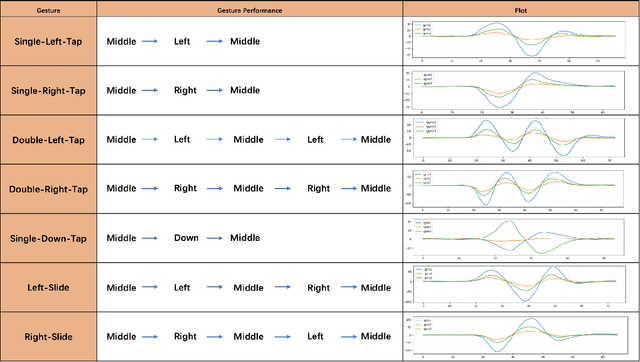Liqun He
HelloBench: Evaluating Long Text Generation Capabilities of Large Language Models
Sep 24, 2024



Abstract:In recent years, Large Language Models (LLMs) have demonstrated remarkable capabilities in various tasks (e.g., long-context understanding), and many benchmarks have been proposed. However, we observe that long text generation capabilities are not well investigated. Therefore, we introduce the Hierarchical Long Text Generation Benchmark (HelloBench), a comprehensive, in-the-wild, and open-ended benchmark to evaluate LLMs' performance in generating long text. Based on Bloom's Taxonomy, HelloBench categorizes long text generation tasks into five subtasks: open-ended QA, summarization, chat, text completion, and heuristic text generation. Besides, we propose Hierarchical Long Text Evaluation (HelloEval), a human-aligned evaluation method that significantly reduces the time and effort required for human evaluation while maintaining a high correlation with human evaluation. We have conducted extensive experiments across around 30 mainstream LLMs and observed that the current LLMs lack long text generation capabilities. Specifically, first, regardless of whether the instructions include explicit or implicit length constraints, we observe that most LLMs cannot generate text that is longer than 4000 words. Second, we observe that while some LLMs can generate longer text, many issues exist (e.g., severe repetition and quality degradation). Third, to demonstrate the effectiveness of HelloEval, we compare HelloEval with traditional metrics (e.g., ROUGE, BLEU, etc.) and LLM-as-a-Judge methods, which show that HelloEval has the highest correlation with human evaluation. We release our code in https://github.com/Quehry/HelloBench.
HeadText: Exploring Hands-free Text Entry using Head Gestures by Motion Sensing on a Smart Earpiece
May 23, 2022



Abstract:We present HeadText, a hands-free technique on a smart earpiece for text entry by motion sensing. Users input text utilizing only 7 head gestures for key selection, word selection, word commitment and word cancelling tasks. Head gesture recognition is supported by motion sensing on a smart earpiece to capture head moving signals and machine learning algorithms (K-Nearest-Neighbor (KNN) with a Dynamic Time Warping (DTW) distance measurement). A 10-participant user study proved that HeadText could recognize 7 head gestures at an accuracy of 94.29%. After that, the second user study presented that HeadText could achieve a maximum accuracy of 10.65 WPM and an average accuracy of 9.84 WPM for text entry. Finally, we demonstrate potential applications of HeadText in hands-free scenarios for (a). text entry of people with motor impairments, (b). private text entry, and (c). socially acceptable text entry.
 Add to Chrome
Add to Chrome Add to Firefox
Add to Firefox Add to Edge
Add to Edge